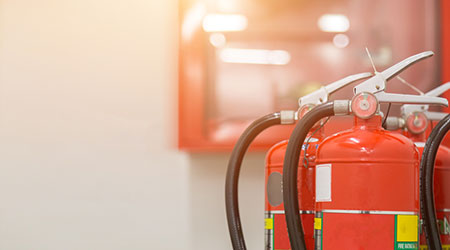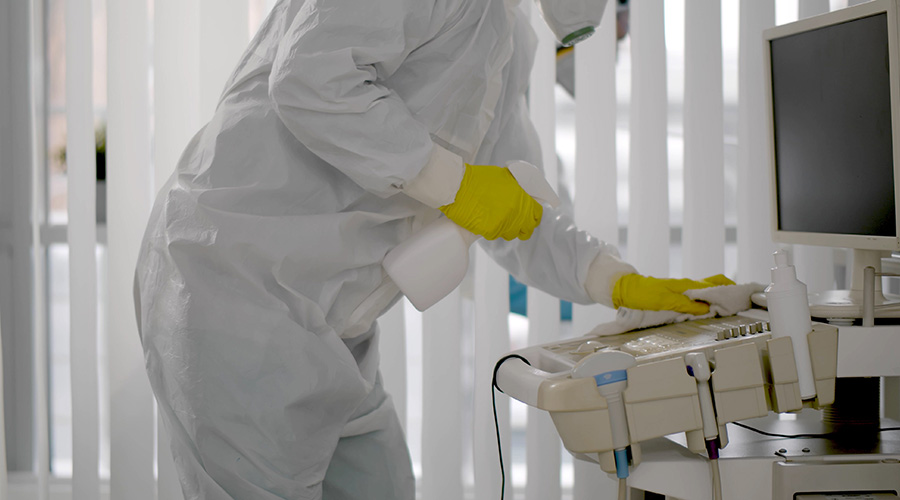Q: We are a physician’s clinic building and we have a section of wall in a corridor above a door where the drywall on both sides of the smoke barrier wall do not extend to the deck. The drywall only extends up to about 18” below the deck. We are fully sprinkled in that portion of the building with a 4-hour rated wall separating the building from another building that is not fully sprinkled. The ceiling is a suspended grid and a tile ceiling on both sides of the smoke barrier. Do we need to have sheetrock on this wall to the deck?
A: We need to clarify what exactly are you talking about. You refer to a corridor wall and you call it a smoke barrier. I wonder if you meant to say it is a smoke partition? A smoke barrier is a 1-hour rated barrier that separates two smoke compartments, and extends from the floor to the deck above. This rating is regardless whether the smoke compartment is fully protected with sprinklers. A smoke barrier could be a barrier that runs perpendicular to a corridor wall, or it may be combined with a corridor wall.
A smoke partition is a non-rated barrier that separates a corridor from other areas, and are commonly called ‘corridor walls’. A smoke partition also separates an existing hazardous area that is fully protected with sprinklers. A smoke partition is non-rated, but must resist the passage of smoke and extends from the floor to the ceiling as long as the ceiling also resists the passage of smoke.
To answer your question: The corridor wall in your question does not have to extend to the deck as long as the wall is a smoke partition and the ceiling also resists the passage of smoke. The corridor wall in your question does have to extend to the deck if the corridor wall also serves as a smoke barrier.
Brad Keyes, CHSP, is the owner of KEYES Life Safety Compliance, and his expertise is in the management of the Life Safety Program, including the Environment of Care and Emergency Management programs.

 Why Identity Governance Is Becoming a Facilities Management Issue
Why Identity Governance Is Becoming a Facilities Management Issue Habitat Health Opens South Los Angeles PACE Center
Habitat Health Opens South Los Angeles PACE Center Denton County MHMR Center Suffers a Data Breach
Denton County MHMR Center Suffers a Data Breach What Every EVS Leader Needs To Know
What Every EVS Leader Needs To Know Blackbird Health Opens New Clinic in New Jersey
Blackbird Health Opens New Clinic in New Jersey